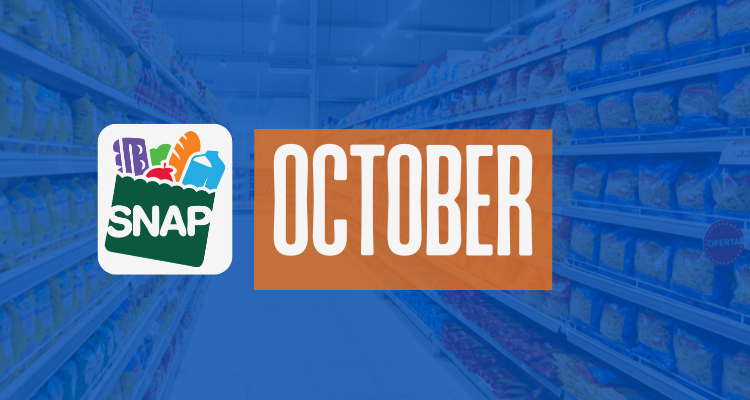The Supplemental Nutrition Assistance Program (SNAP) will distribute its benefits throughout October 2025 across the United States. More than 42 million people rely on these funds to purchase groceries at authorized supermarkets and, in some cases, through online retailers.
Payment Schedule by State
Although the program is federally funded, each state sets its own deposit schedule, which creates variations in distribution dates:
- California: October 1–10
- Florida: October 1–28
- Texas: October 1–28
- New York: October 1–9
- Illinois: October 1–20
- Georgia: October 5–23
- Puerto Rico: October 4–22
- Alaska: October 1
- South Dakota: October 10
In smaller states such as Rhode Island, Vermont, or North Dakota, deposits are made on a single day. In others, such as Maryland, Indiana, or Louisiana, payments may be spread out over three weeks.
How Much Can You Receive?
SNAP amounts depend on income, household size, and family composition. For the 48 contiguous states and Washington, D.C., the maximum monthly benefit is $292 for one person and $975 for a family of four. In Alaska, Hawaii, and other territories, amounts are higher due to living costs. In 2023, the national average was $332 per household.
Changes Coming in 2026
Beginning in early 2026, 12 states will implement restrictions preventing SNAP from being used to purchase soda, candy, and other foods considered unhealthy. These states include Florida, Texas, Arkansas, Iowa, and Colorado. The measure aims to improve the nutritional quality of households receiving assistance.
